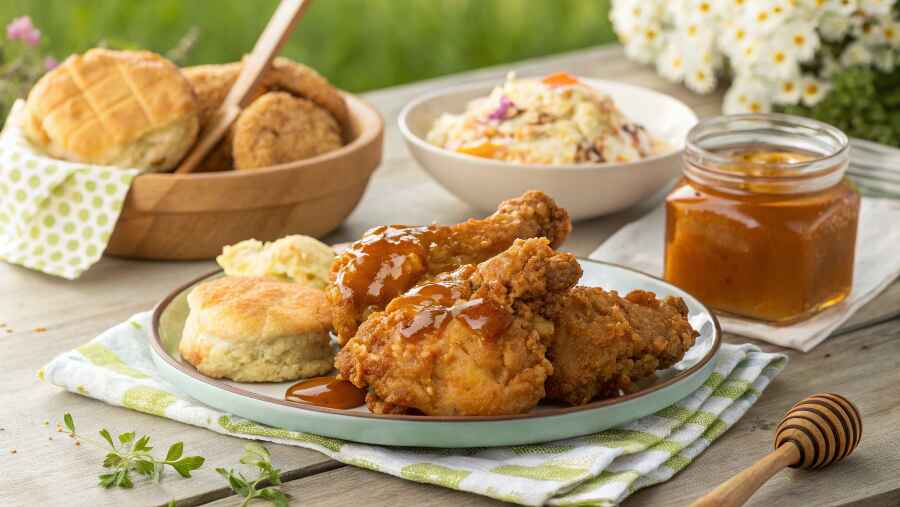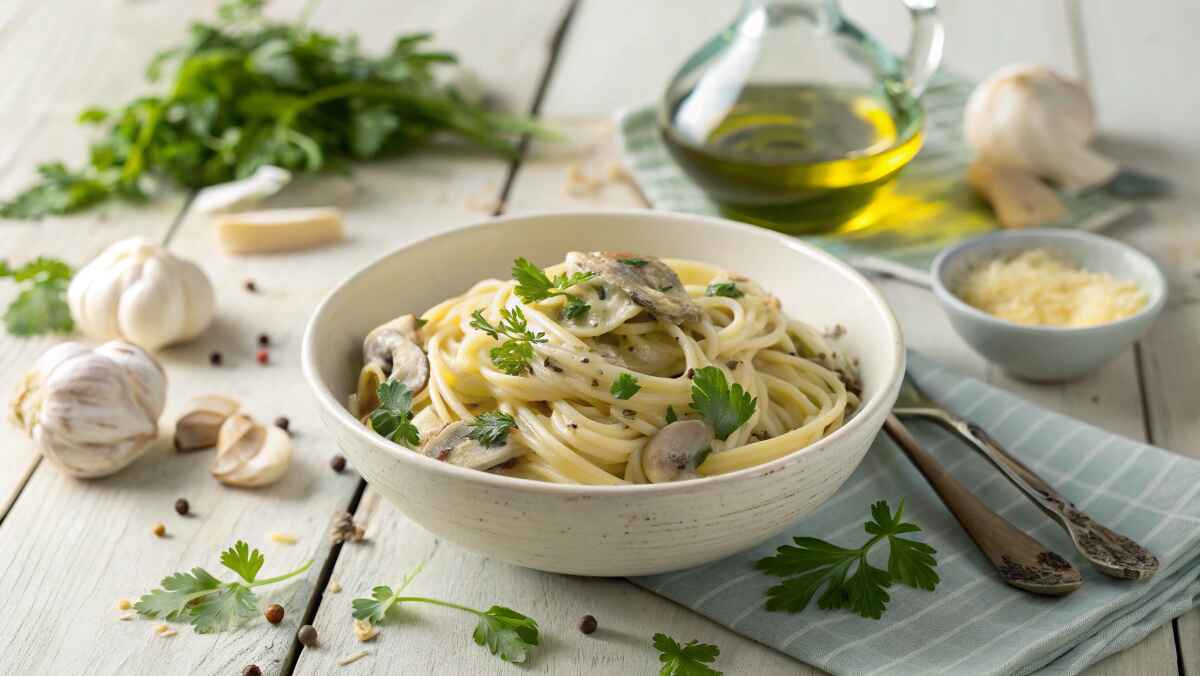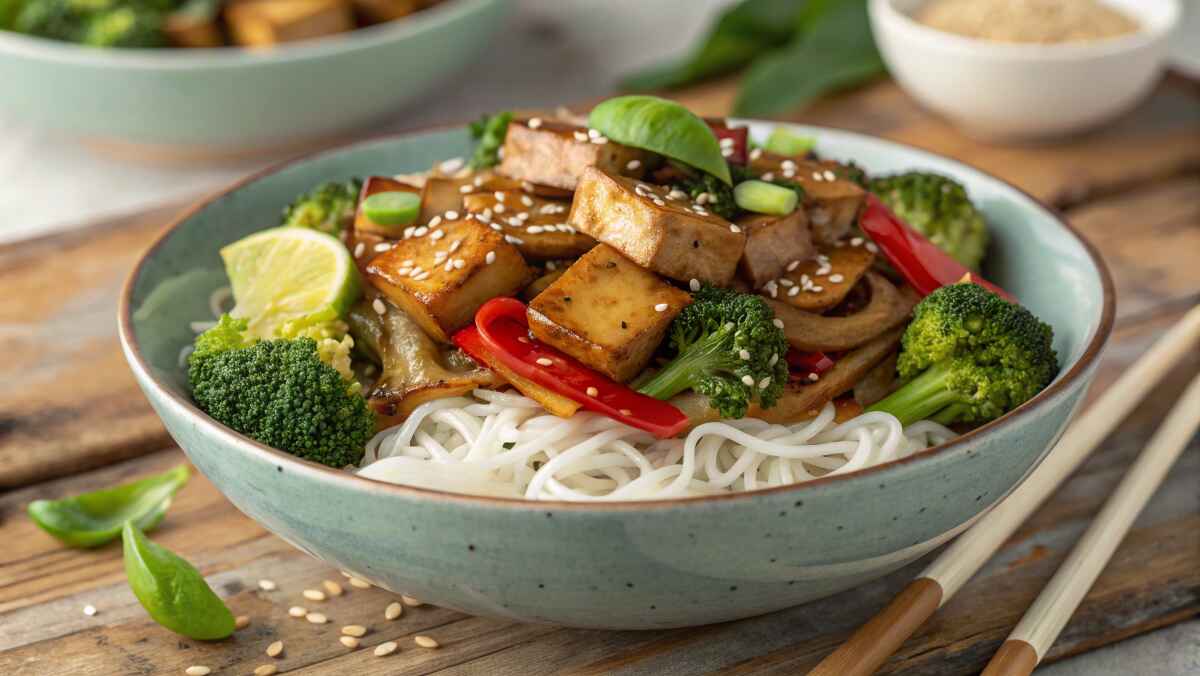Bread is a staple in many diets, but traditional varieties are often high in carbohydrates, making them unsuitable for those following low-carb, keto, or diabetic-friendly diets. Fortunately, Low Carb Bread offers a solution, allowing you to enjoy the taste and texture of bread while keeping your carb intake in check.
In this guide, we’ll explore what makes Low Carb Bread unique, its health benefits, and how to make it at home or find the best store-bought options. Whether you’re looking to manage blood sugar levels, lose weight, or simply adopt a healthier lifestyle, this article has everything you need to enjoy bread without the carb overload! 🍞✨
What Is Low-Carb Bread?
Low-carb bread is designed to have fewer carbs than regular bread. Instead of using wheat flour, which is high in carbohydrates, it is made with ingredients like almond flour, coconut flour, and flaxseed meal. These alternatives are lower in carbs and higher in nutrients.
Unlike traditional bread, this type of bread often includes eggs, psyllium husk, and healthy fats. These ingredients help the bread maintain its shape and texture. Most importantly, it still tastes great, making it perfect for keto, paleo, and even gluten-free diets.
Key Features of Low-Carb Bread
Let’s look at what makes this bread stand out:
- Low Net Carbs
Regular bread typically contains around 15–20 grams of carbs per slice. On the other hand, low-carb bread has only 2–8 grams of net carbs per slice, depending on the brand or recipe. This makes it ideal for people who want to limit their carbohydrate intake while still enjoying bread. - Rich in Protein and Fiber
Low-carb bread is often packed with protein and fiber. These nutrients not only keep you full longer but also support muscle growth and digestion. Ingredients like almond flour and flaxseed add both protein and fiber to the bread, making it more filling than traditional options. - Gluten-Free Options
Many low-carb bread recipes are gluten-free. Instead of using wheat flour, they rely on almond or coconut flour. This makes them a great choice for people with gluten sensitivities or celiac disease.
Why Should You Choose Low-Carb Bread?
There are several reasons why switching to low-carb bread is a good idea:
- Supports Weight Management
Low-carb diets can help with weight loss by controlling blood sugar levels and reducing hunger. By choosing this bread instead of traditional options, you can enjoy your meals without consuming too many calories or carbs. - Better for Blood Sugar
Unlike regular bread, which can cause blood sugar spikes, low-carb bread is made with low-glycemic ingredients. This means it has a smaller effect on your blood sugar levels, making it a better option for people with diabetes or insulin resistance. - Nutritional Benefits
Low-carb bread is not just low in carbs; it’s also rich in nutrients. Many recipes include ingredients like chia seeds and almond flour, which are full of healthy fats, vitamins, and minerals.
Common Ingredients
Low-carb bread uses simple, healthy ingredients that make it both delicious and nutritious:
- Low-Carb Flours
- Almond Flour: Adds healthy fats and a mild, nutty flavor.
- Coconut Flour: High in fiber and adds a slight sweetness.
- Flaxseed Meal: Provides omega-3 fats and fiber for better digestion.
- Binding Agents
- Eggs, psyllium husk, and xanthan gum help hold the bread together, replacing the role of gluten in traditional bread.
- Flavor Enhancers
- Herbs, spices, cheese, and low-carb sweeteners like stevia are often added to improve the taste.
How to Make Low-Carb Bread at Home
Making low-carb bread at home is not only simple but also rewarding. It gives you complete control over the ingredients, ensuring the bread fits your dietary preferences and tastes just the way you like. Here’s a detailed guide to crafting the perfect low-carb loaf:
Why Make Your Own Low-Carb Bread?
- Ingredient Control: You can avoid preservatives and artificial ingredients often found in store-bought bread.
- Tailored to Your Taste: Customize your bread with herbs, spices, seeds, or even cheese.
- Cost-Effective: Baking at home is often cheaper than buying specialty low-carb bread.
- Diet-Friendly: You can tweak the recipe to suit keto, paleo, or gluten-free diets.
Ingredients (Makes 1 Loaf)
Here’s what you’ll need to make a basic low-carb bread:
- 2 cups almond flour (fine and blanched for best results)
- 2 tablespoons coconut flour (adds a slight sweetness and texture)
- 1/4 cup psyllium husk powder (binds the bread and gives it a chewy texture)
- 1 teaspoon baking powder (for a light rise)
- 1/2 teaspoon salt (adjust to taste)
- 4 large eggs (room temperature, as they mix better)
- 1/4 cup melted butter or coconut oil (adds moisture and richness)
- 1/2 cup hot water (activates the psyllium husk)
Optional Add-Ins
Elevate your loaf by incorporating these ingredients:
- Seeds: Sprinkle flaxseeds, chia seeds, or sunflower seeds into the batter for added crunch.
- Herbs: Fresh or dried rosemary, thyme, or oregano can add a savory flavor.
- Cheese: Shredded Parmesan or cheddar works well for a cheesy twist.
- Sweeteners: A teaspoon of erythritol or stevia can turn this into a sweet bread.
Step-by-Step Instructions
- Prepare the Oven and Pan
Preheat your oven to 350°F (175°C). Line a loaf pan with parchment paper, allowing some overhang on the sides for easy removal. - Mix the Dry Ingredients
In a large mixing bowl, combine the almond flour, coconut flour, psyllium husk powder, baking powder, and salt. Whisk together to evenly distribute the ingredients and avoid clumps. - Add the Wet Ingredients
Crack the eggs into a separate bowl and whisk until smooth. Slowly pour the eggs and melted butter (or coconut oil) into the dry ingredients. Stir until a dough begins to form. - Incorporate the Hot Water
Gradually add the hot water to the dough while stirring. The psyllium husk will absorb the liquid, thickening the dough. Continue mixing until the dough is well combined and slightly sticky. - Shape the Dough
Transfer the dough to the prepared loaf pan. Use a spatula or the back of a spoon to smooth the surface, ensuring it’s evenly distributed in the pan. - Bake the Bread
Place the pan in the preheated oven and bake for 45–50 minutes. To check for doneness, insert a toothpick into the center of the loaf; it should come out clean. - Cool Completely
Once baked, remove the bread from the oven and allow it to cool in the pan for about 10 minutes. Then lift it out using the parchment paper and place it on a wire rack to cool completely before slicing.
Tips for the Perfect Loaf
- Avoid Overmixing: Once the dough is formed, mix gently to keep the bread light and fluffy.
- Room Temperature Ingredients: Use room-temperature eggs and melted butter for easier blending.
- Store Properly: Keep your bread in an airtight container in the fridge for up to a week or freeze slices for longer storage.
- Experiment with Sizes: Use muffin tins or small loaf pans to create individual portions.
Troubleshooting Common Issues
- Bread Didn’t Rise: Ensure your baking powder is fresh, and don’t skip the psyllium husk, as it provides structure.
- Bread is Dense: Overmixing or adding too much liquid can cause density. Follow measurements closely.
- Bitter Taste: Some psyllium husk brands can leave a bitter aftertaste. Use high-quality psyllium husk powder for the best flavor.
Creative Variations
- Keto Sandwich Bread: Add a tablespoon of olive oil and a teaspoon of vinegar for a softer texture.
- Savory Herb Loaf: Incorporate minced garlic and fresh herbs like parsley or chives.
- Sweet Loaf: Add cinnamon and a low-carb sweetener, then top with slivered almonds for a breakfast bread.
Why Homemade is Better
When you make your own low-carb bread, you’re in control. You can avoid additives, tailor the recipe to your taste, and enjoy the satisfaction of baking something healthy and delicious from scratch. Plus, your kitchen will smell amazing!
Store-Bought Low-Carb Bread
If you’d rather buy low-carb bread than make it yourself, there are plenty of options available. Let’s explore some convenient ways to find the perfect loaf:
1. Keto-Friendly Brands
Several popular brands specialize in keto and low-carb bread that are readily available in stores and online:
- Sola Bread: A versatile option with only 2–3 grams of net carbs per slice, perfect for sandwiches or toast.
- Carbonaut: A gluten-free, fiber-rich bread that’s available in seeded and plain varieties.
- ThinSlim Foods: Famous for its zero net carb bread, this brand offers flavors like cinnamon and everything bagel.
Explore more about low-carb bread benefits here: Low-Carb Bread Benefits.
2. Artisan Breads
For those who value freshness and unique flavors, artisan low-carb bread is a great choice:
- Local Bakeries: Many local bakeries now offer handmade low-carb options crafted with natural ingredients like almond or coconut flour.
- Farmers’ Markets: Freshly baked loaves from farmers’ markets often include organic ingredients and unique flavors.
Discover the best bread for toast, including low-carb options: Best Bread for Avocado Toast.
3. Online Stores
Buying bread online gives you access to a wide range of options, including keto and gluten-free varieties:
- Amazon: Offers a variety of brands, often with subscription services for regular deliveries.
- Specialty Keto Stores: Sites like Netrition stock low-carb bread alongside other keto essentials.
Learn how to customize bread-based meals for any diet: Customize Avocado Toast for Any Diet.
How to Use Low-Carb Bread
Low-carb bread is just as versatile as traditional bread. Here are some creative ways to enjoy it:
1. Breakfast
- Avocado Toast: Add mashed avocado to toasted slices and sprinkle with chili flakes.
- Check out this delicious idea: Avocado Toast Breakfast with Egg.
- French Toast: Dip slices in eggs and cream, then fry until golden for a morning treat.
2. Lunch
- Sandwiches: Make hearty sandwiches with deli meats, cheese, and fresh veggies.
- Wraps: Flatten slices to use as a low-carb wrap alternative.
3. Snacks
- Garlic Bread: Spread garlic butter on slices and bake until crispy.
- Croutons: Cube and bake to add a crunchy topping to soups and salads.
4. Dinner
- Pizza Base: Use low-carb bread as a base for a quick and easy pizza.
- Try this as part of a healthy meal plan: Low-Carb Meal Ideas for Busy Weeknights.
- Side Dish: Serve slices alongside soups or roasted vegetables.
Tips for Buying Low-Carb Bread
- Check Nutrition Labels: Ensure the bread is low in net carbs and high in fiber.
- Avoid Hidden Sugars: Some brands may use ingredients that raise carb counts.
- Store Properly: Many low-carb breads require refrigeration or freezing to stay fresh.
Enjoy Bread Without the Carbs!
Low-carb bread is the perfect solution for those looking to reduce carbohydrates while still enjoying the taste and texture of traditional bread. Whether you prefer baking it at home with wholesome ingredients or opting for store-bought alternatives, low-carb bread seamlessly fits into a healthy, balanced lifestyle. With so many delicious and nutritious options available, you can enjoy sandwiches, toast, and more—without the carb overload! 🍞✨




